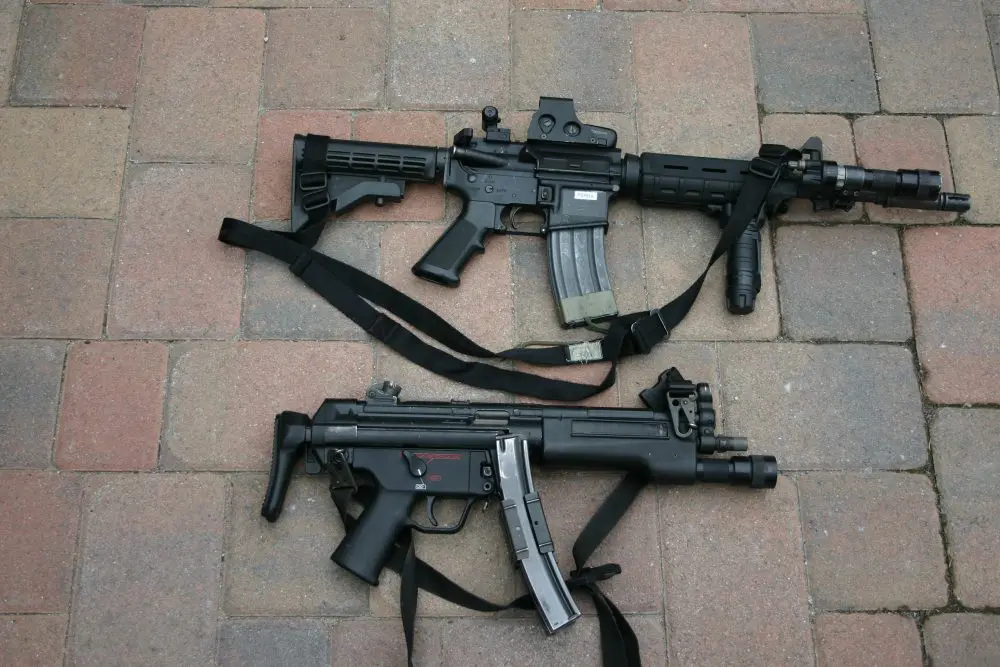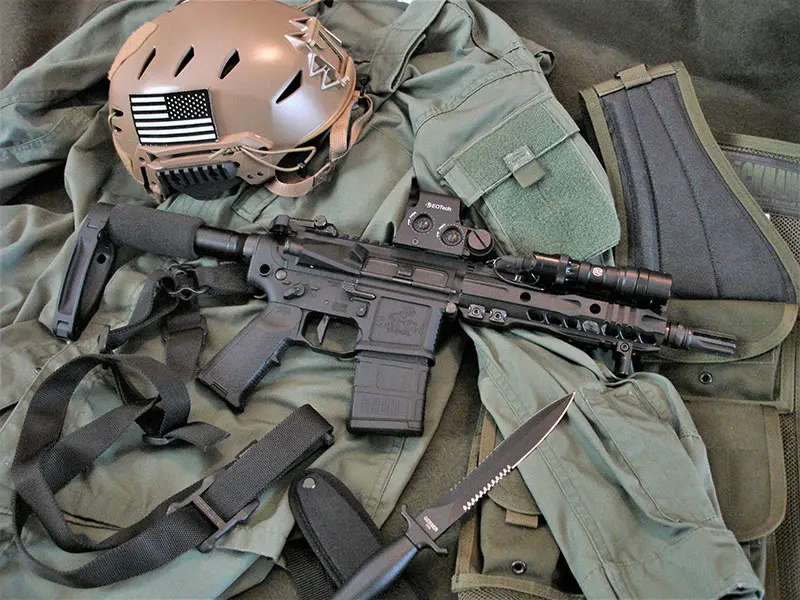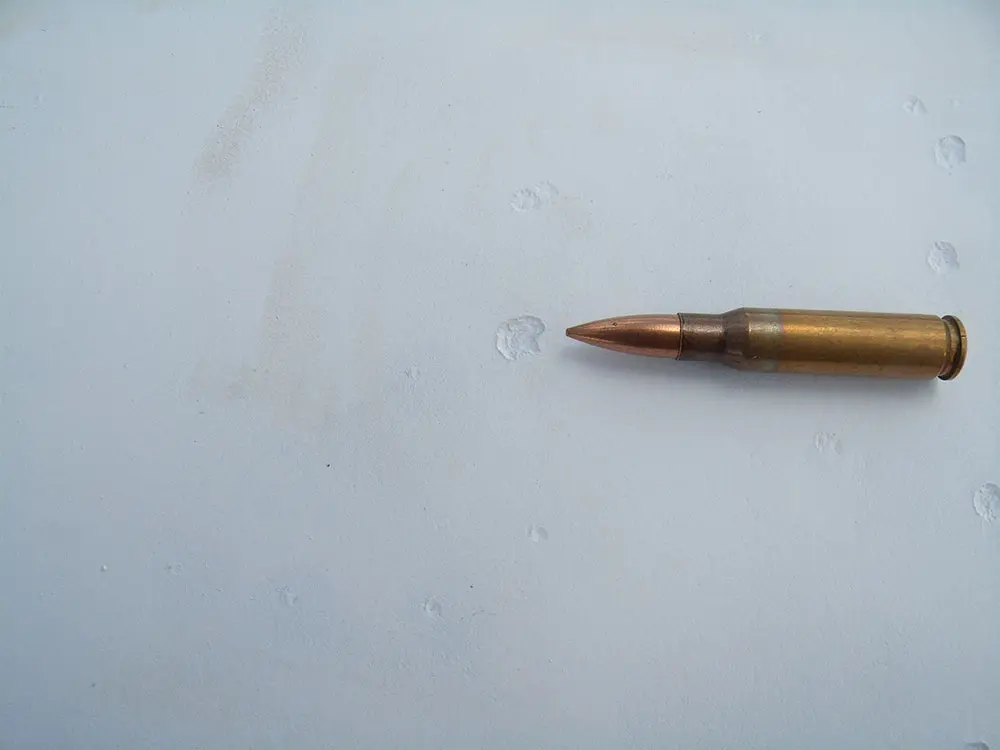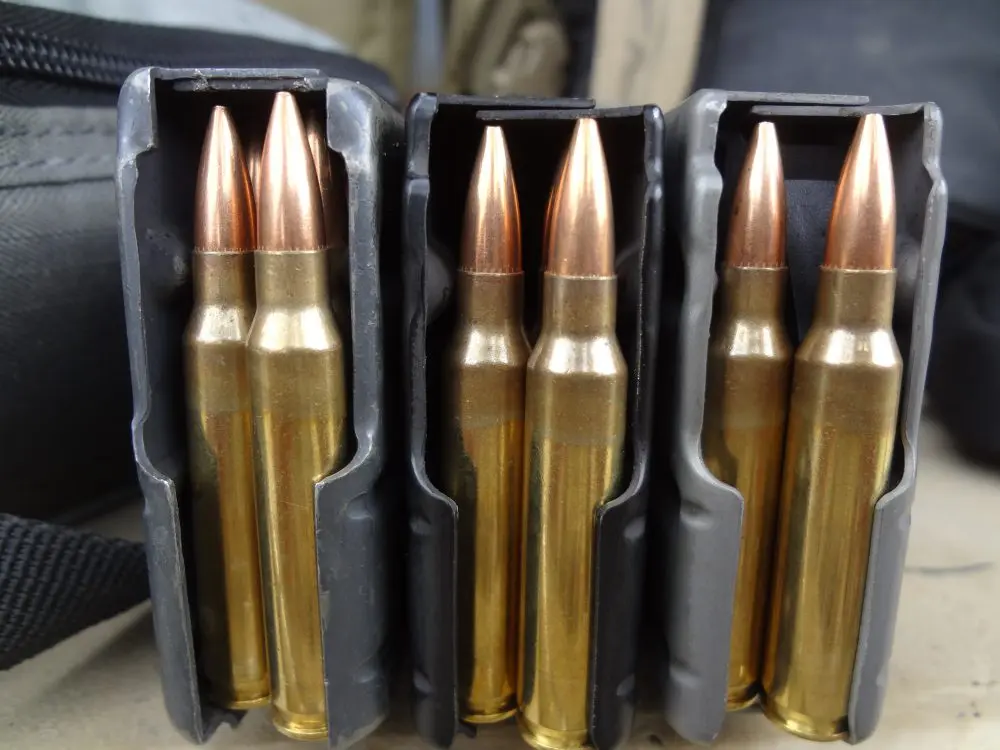The timeless adage, “The grass is always greener on the other side” may be appropriately applied to police work. Having trained in a number of overseas venues, I can unequivocally state that despite the many regulations we impose (and many rightly so) on ourselves in the U.S., they pale in comparison to regulations implemented in many foreign countries.
Some countries and entities within them only allow for approximately 20 rounds of practice per year. A detective once informed me that should his department discover he had fired more than 19 rounds in training that year, he could be subjected to severe disciplinary actions. How’s that for proficiency?
In one town, the mayor disliked firearms so much that he disallowed his officers from carrying them. Should the need arise, he opined, the officer could simply return to the station, request permission to arm, retrieve said firearm, and return to the scene to deal with whatever miscreant actions might still be unfolding.
To be sure, this is a rather novel approach to law enforcement actions framed within tense and rapidly unfolding circumstances. It most certainly would appreciably reduce the number of officer-involved shootings (OISs) in a given time frame, but as to actual crime reduction, it’s anybody’s guess.
In yet another district, officers must turn in their firearms at the end of watch. Our personal guide for the department had been stabbed, shot, and run over on separate occasions when those he had arrested had waited for him to go off-duty. He considered it part and parcel of the job and seemed happy enough that he was still operating above ground.
Many years ago, I came across an LAPD officer who had, surprisingly enough, been a London police officer. We were working high-risk crime suppression in Southwest Division, which goes off the rails on a regular basis—essentially the polar opposite of Mayberry R.F.D. and Deputy Barney Fife (I do have and cherish an autographed black & white picture of Deputy Fife with his one, single bullet!).
I spoke with this young officer briefly and discovered this was his first day on the job in the field. Fast forward to the next day—same officer but now sporting a bandage over his nose and two black eyes. “What happened?” In a Cockney accent, he stated, “Blimey, mate, I told the gentleman to cease his actions and the bugger hit me! In England, they simply don’t do that sort of thing, mate!” I replied, “Well, that doesn’t work so well here. Welcome to L.A.!”
Police all over the world are pretty much the same. The same characters, personalities, body types, and police psyches seem to be universal. The same gripes, humor, and overall sense and interpretation of the human condition are universal as well. The language, customs, and equipment might differ, but police are, well, simply police. We all deal with the same issues irrespective of global positioning.
In one country, we were informed that prior to our arrival an intrepid officer had pursued a stolen vehicle with two suspects contained within. At termination, he pursued both of them. One suspect was apprehended and the officer cuffed him to a guard railing, took off and captured the second suspect as well. In the U.S. that might well be met with a commendation. Not so in this instance. The magistrate had the officer detained and jailed while he determined whether charges should be pressed. Go figure.
Force application is viewed very differently overseas. A simple application of force might make the national news. Deadly force is in a separate category of its own. As a result, some entities allow for only 12 rounds to be carried at any one time in order to discourage an overbearing use of force.
This requires that one be especially circumspect when discharging rounds, as there are only so many opportunities afforded to stop a deadly force threat. On some level, this could lead to a very diligent application of the mechanics, but with only 19 rounds a year to hone one’s skill, the results might be somewhat unpredictable.
I can unequivocally state that Europeans drive as if they are in the French Le Mans in a Formula One racecar. It is a no-holds-barred, balls-to-the-wall, all-out drive fest the likes of which scare the bejeezus out of me each and every time. Police drivers oftentimes take both hands off the wheel at 110 kilometers an hour weaving in and out of traffic in order to point out historical points of interest. On a motorcycle, this unique phenomenon is magnified by a factor of 1000.
Where this gets real, real interesting is when they shoot a direct diagonal line at full throttle across a massive roundabout with dozens of cars going in every direction. Conduct this maneuver at night and it really and truly sucks, especially clinging to the back of a motorcycle. I just closed my eyes and awaited the impact.
The most disheartening fact is that in some countries, officers have not been paid in six months or more. How they manage is beyond me, but somehow they do. Night sights are not allowed, as some “Brainiac” (sic) calculated that if one billion night sights were assembled together, it would constitute a dirty bomb.
Flashlights cost three times what they do here in the States. Hollow points are forbidden. Everything tactically relevant costs more than what you outlay here.
So the next time your air conditioning in the black and white isn’t quite up to par, your police benefits disallow a summer place in the Hamptons or Malibu, or your overtime isn’t up to snuff, consider the fact that although the grass may seem greener on the other side, looks can be rather deceiving.
Scott Reitz is a 30-year veteran of the Los Angeles Police Department and director of the highly acclaimed International Tactical Training Seminars. Course information and schedules are available at their website at www.internationaltactical.com. Scott also co-hosts the Oxygen channel true-crime series It Takes a Killer.





